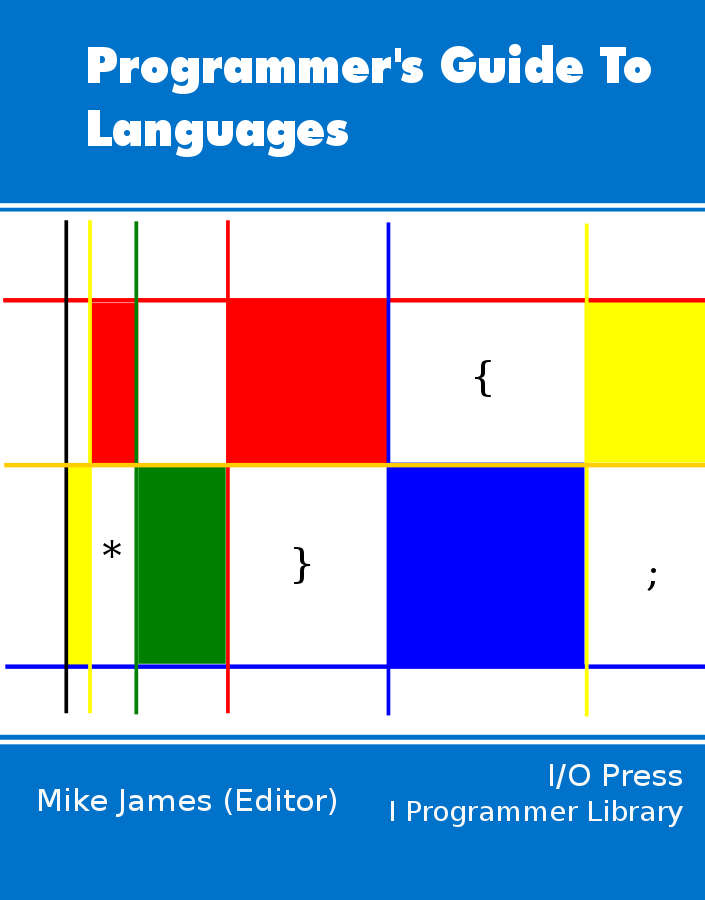| Getting Started With TypeScript |
| Written by Mike James | ||||
| Thursday, 12 April 2018 | ||||
Page 3 of 3
Interface InheritanceIt is well known that you can arrange for inheritance using classes. You can do the same thing with interfaces: For example
Now myDerivedInterface is a type that includes all of the methods and properties of myInterface. Objects of type myDerivedInterface can be used in place of objects of type myInterface. For example:
and you can assign test to a variable of type myInterface
Following this you can't access test2.j as this is not a member of myInterface. If you are familiar with the ideas of base and derived type is is all very obvious. However notice that type in this case is defined as the collection of methods and properties that an object actually has at any given point in the program. For example
defines an object that has more than is needed to be a myInterface type. However as test is of type myInterface you can't access j which isn't part of the interface. You can't even assign test to test2 as in:
because the assignment takes account of the declared types. However, you can use a type assertion, which works very much like a cast in C++ and C#, to force the assignment:
and now you can get at property j. Type LibrariesAt this point you are probably thinking that types are great, but you have to put in a lot of work if you want to use types with HTML elements and the DOM. The good news is that there are a lot of predefined types included in with the system. There are types for all of the DOM elements and a great many for CSS and other objects. This makes the whole typing system much more useful than it would be if you really did have to start from scratch. ConclusionAfter using TypeScript I quite like some of its type features, but mainly because of how it improves the intellisense prompting. What I find confusing is the closeness to JavaScript. It is too close to get me away from thinking about what is going on behind the scenes. The type system does catch errors at compile time but they are mostly trivial errors that are easy to find. The overhead of having to jump though hoops to be able to do something doesn't really seem worth it. Better spend the time on writing tests. My verdict is that the type system doesn't quite give me enough of an advantage over native JavaScript - but perhaps this is because I have learned to work without a type system and a type hierarchy and I like this more flexible approach. A Programmers Guide To Languages
Contents
Useful Linkshttps://www.typescriptlang.org/index.html If you want to try out an in-browser version visit: Playground Related ArticlesTypeScript Adds Conditional Types TypeScript 2.7 Improves Type Inference TypeScript 2.5 Adds Optional Catch Binding TypeScript 2.4 Adds Dynamic Import Expressions TypeScript 2.2 Adds More Code Actions TypeScript - Microsoft's Replacement For JavaScript
To be informed about new articles on I Programmer, sign up for our weekly newsletter, subscribe to the RSS feed and follow us on Twitter, Facebook or Linkedin.
Comments
or email your comment to: comments@i-programmer.info
|
||||
| Last Updated ( Thursday, 12 April 2018 ) |


